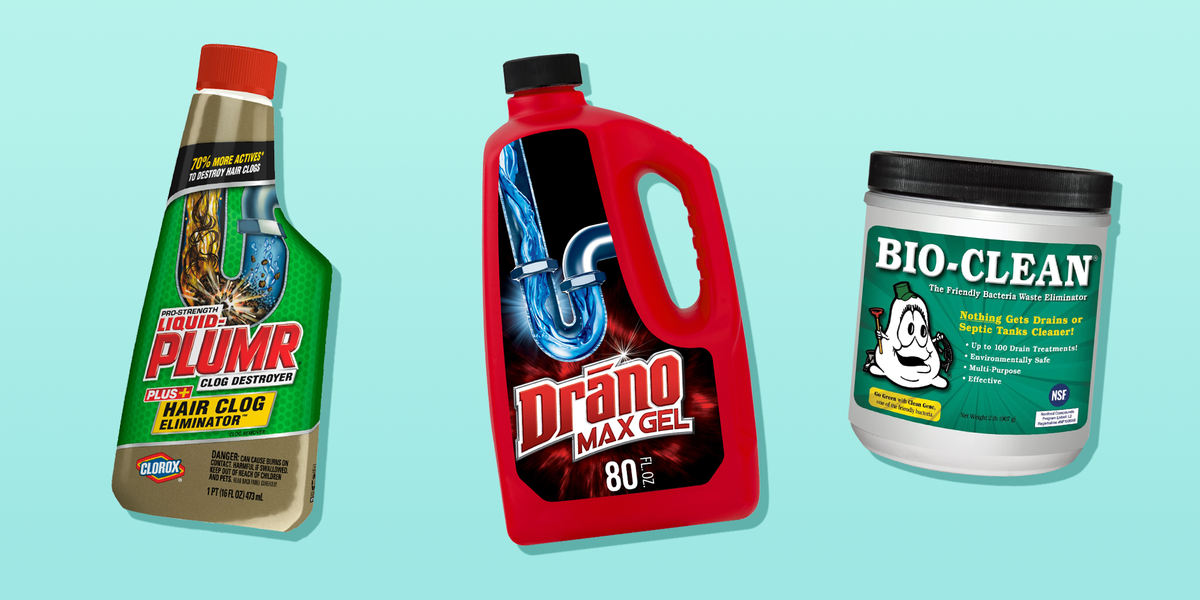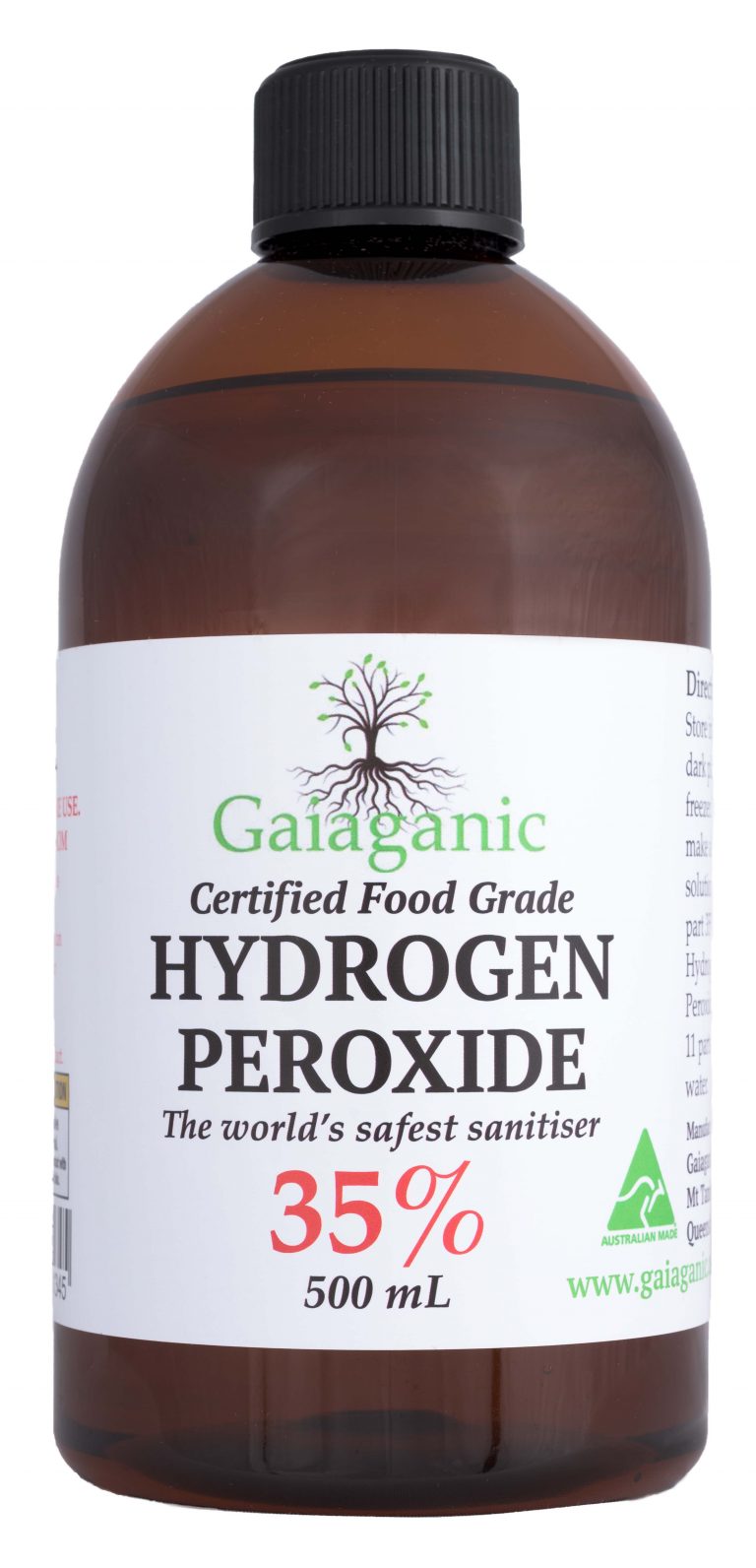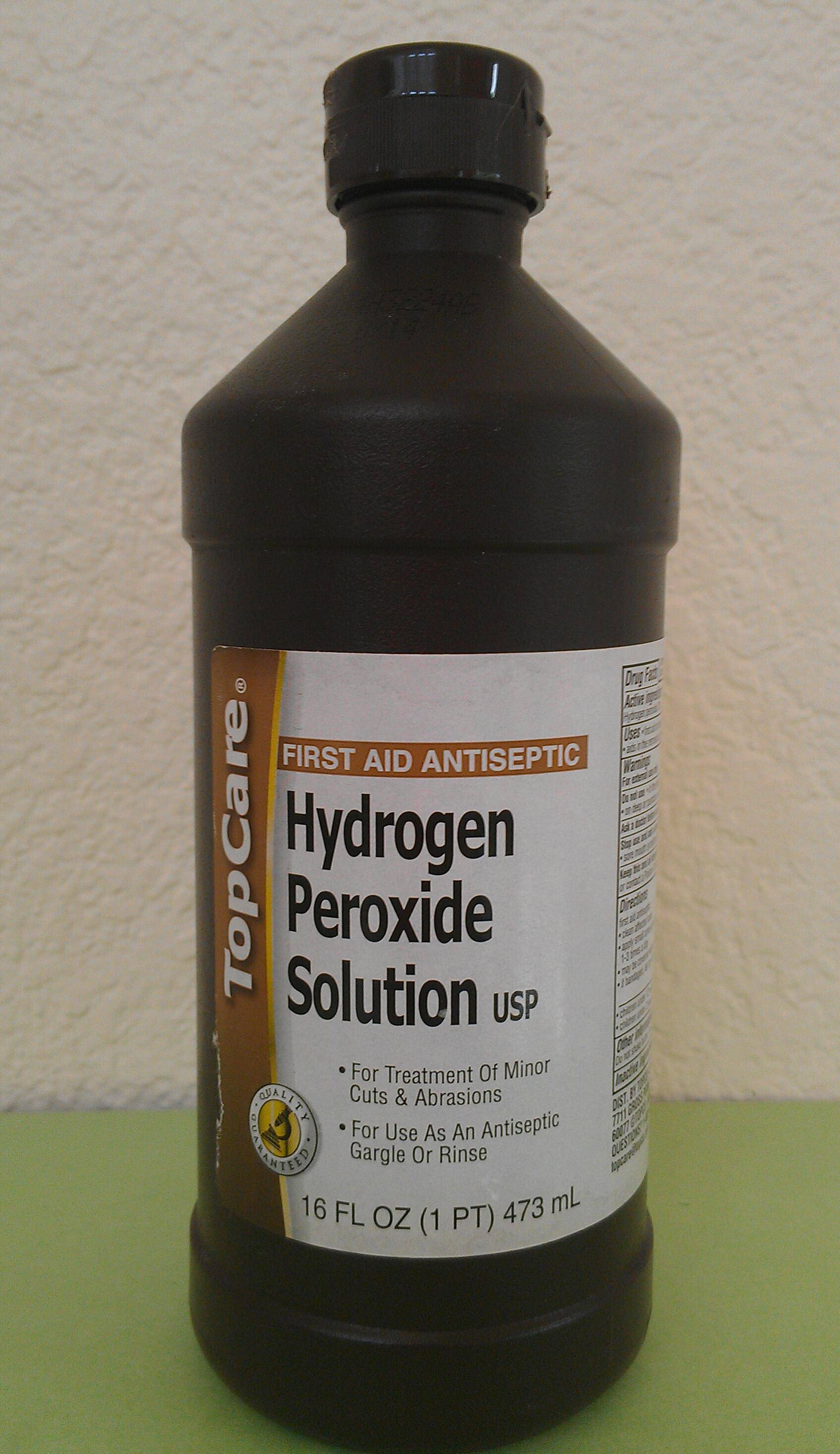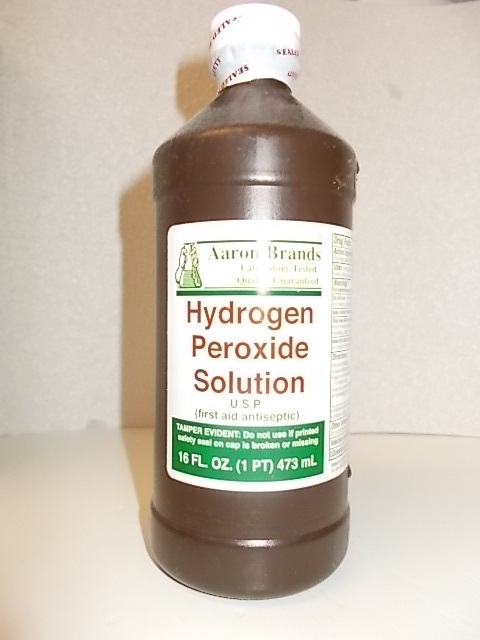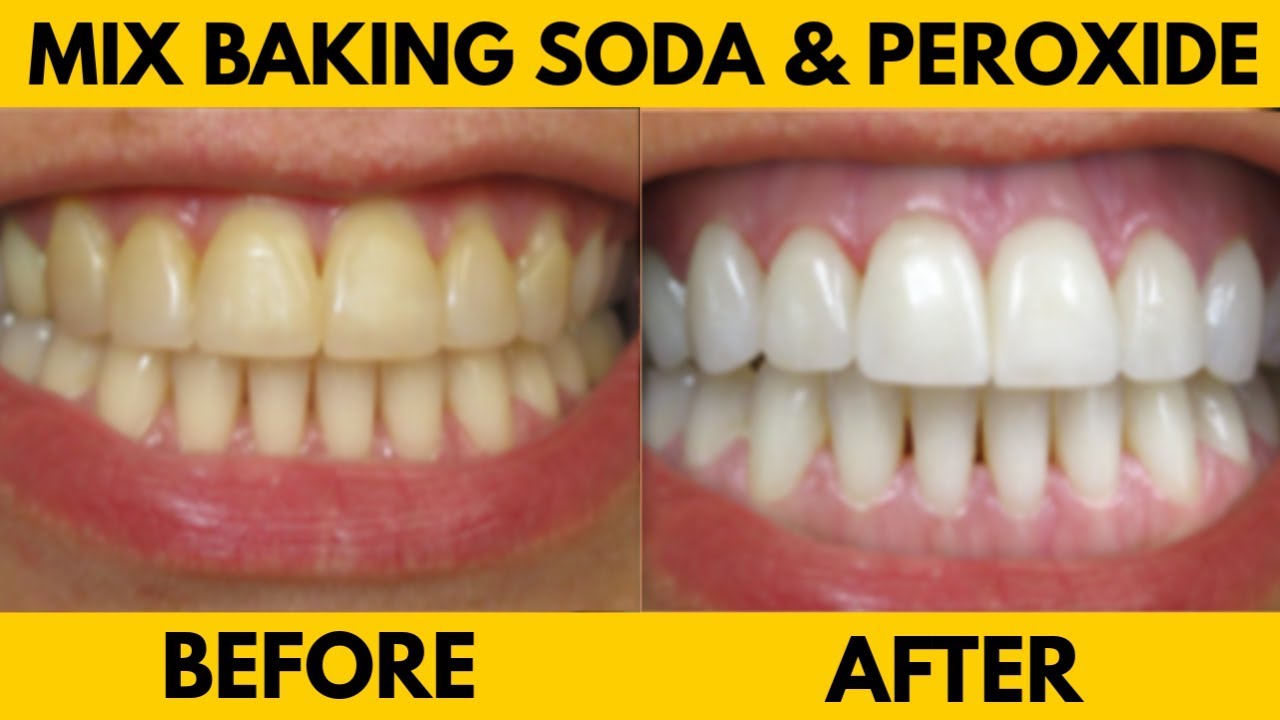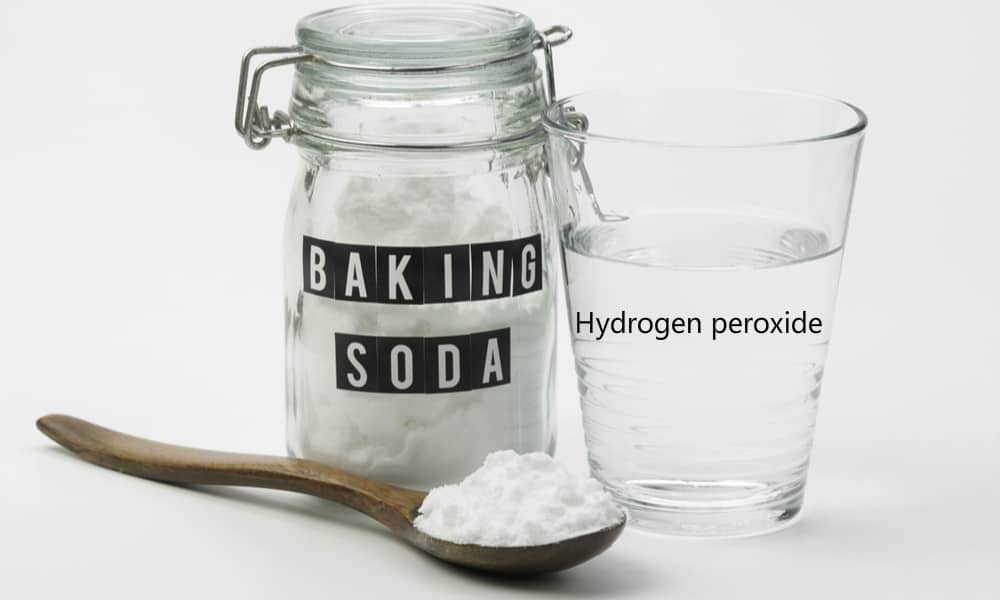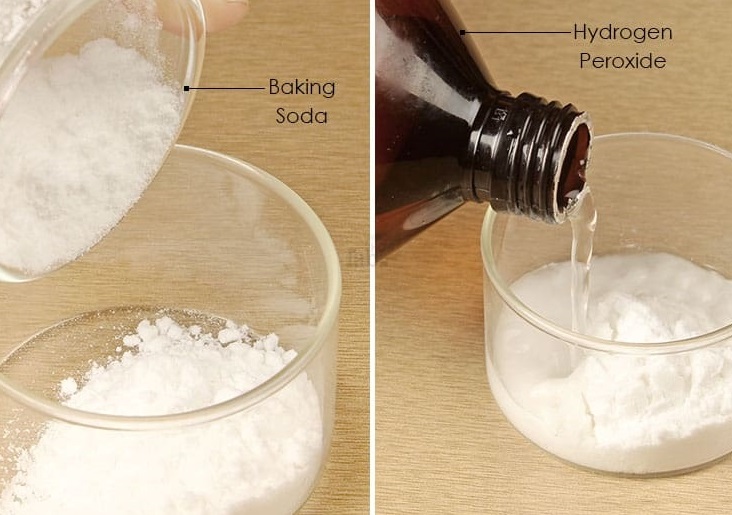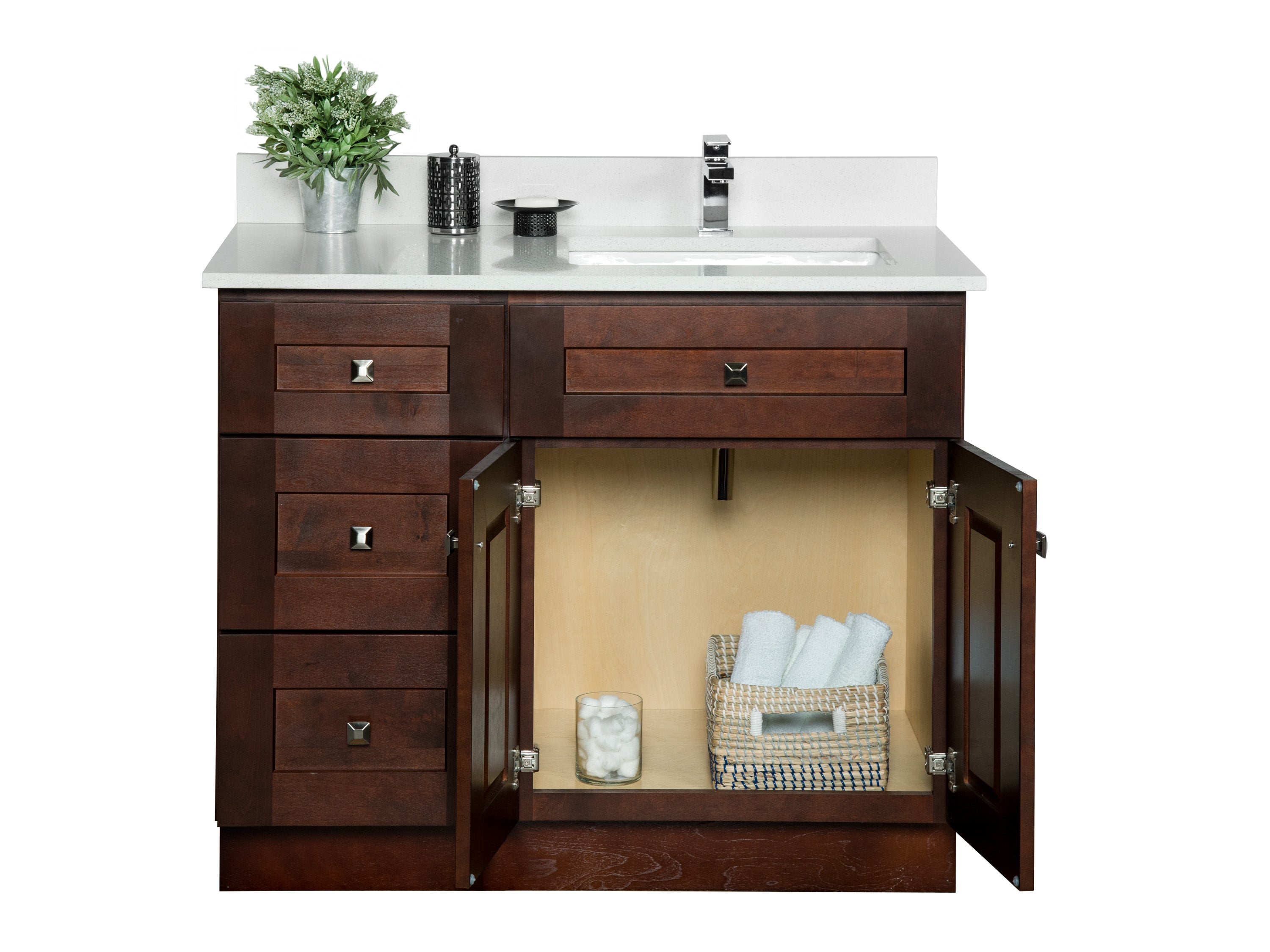A plunger is often the first tool people reach for when they can't get their kitchen sink unclogged. This trusty tool has been a staple in households for decades and for good reason - it's effective and easy to use. To use a plunger, simply place the rubber suction cup over the drain and push down and pull up repeatedly to create suction and dislodge any clogs. Make sure to cover the overflow drain with a wet cloth to ensure maximum suction. If this method doesn't work, it's time to move on to other solutions.1. Plunger
A natural and environmentally friendly solution, using a combination of baking soda and vinegar can help break down and dissolve clogs in your kitchen sink. Start by pouring ½ cup of baking soda down the drain, followed by 1 cup of vinegar. Let the mixture sit for about 30 minutes and then flush with hot water. The chemical reaction between the two ingredients can help loosen and break down any buildup in your pipes. You can also add hot water and dish soap to the mix for an extra powerful solution.2. Baking Soda and Vinegar
If you're dealing with a minor clog, simply pouring a pot of boiling water down the drain may do the trick. The heat from the water can help dislodge any buildup and clear out the pipes. However, this method should be avoided if you have PVC pipes as the boiling water can damage them. It's also important to note that this method is not recommended for grease or oil clogs, as it can cause them to harden and make the clog worse.3. Boiling Water
If the clog is too stubborn for a plunger, a drain snake may be your next best bet. This tool is a long, flexible wire with a small auger at the end that can be inserted into the drain to break up and remove clogs. Simply insert the snake into the drain and turn the handle to maneuver it through the pipes. Once you feel resistance, rotate the snake to break up the clog. Pull out the snake and flush the drain with hot water to clear out any remaining debris.4. Drain Snake
A plumber's snake, also known as a drain auger, is a more heavy-duty version of a regular drain snake and is often used by professional plumbers. This tool is ideal for larger and more stubborn clogs, as it has a longer reach and can handle tougher materials such as tree roots. However, it can be more expensive and may require some skill to use effectively. If you're not confident in using a plumber's snake, it's best to call in a professional.5. Plumber's Snake
A wet/dry vacuum can also be a useful tool in unclogging a kitchen sink. Using the vacuum's suction, you can potentially pull out the clog or use it to push the clog further down the drain. To do this, cover the overflow drain with a wet cloth and create a tight seal around the vacuum hose over the drain. Turn on the vacuum and see if it can remove the clog. If not, you can try reversing the vacuum to push the clog further down the drain.6. Wet/Dry Vacuum
If the clog is caused by a buildup of grease or oil, using dish soap and hot water can help dissolve and break it up. Simply pour a pot of boiling water down the drain, followed by a generous amount of dish soap. Let it sit for a few minutes and then flush with more hot water. The dish soap can help break apart the grease, allowing it to be washed away with the hot water.7. Dish Soap and Hot Water
If you have a heavily clogged drain, caustic soda (also known as sodium hydroxide) can be a powerful solution. However, this method should be used with caution as it can be dangerous if not handled properly. To use caustic soda, mix 3 cups of the powder with ¾ gallon of cold water in a bucket. Pour the mixture down the drain and let it sit for about 20 minutes. Flush with hot water to clear out the clog.8. Caustic Soda
Enzyme drain cleaners are a popular and environmentally friendly option for unclogging kitchen sinks. These cleaners contain natural enzymes that break down organic materials, such as food particles and grease, in your pipes. Follow the instructions on the product and let it sit in the drain for the recommended amount of time before flushing with hot water. Keep in mind that enzyme drain cleaners may take longer to work compared to chemical cleaners.9. Enzyme Drain Cleaners
Similar to using baking soda and vinegar, combining hydrogen peroxide and baking soda can create a powerful solution for unclogging kitchen sinks. Mix ¼ cup of baking soda with ¼ cup of hydrogen peroxide and pour it down the drain. Let it sit for about 30 minutes and then flush with hot water. The foaming action of this mixture can help break up and remove clogs in your pipes. With these 10 solutions in your arsenal, you should be able to tackle any clog in your kitchen sink. However, if none of these methods work, it may be time to call in a professional plumber to assess the situation and provide a solution. Remember to always use caution and follow instructions when using any of these methods to avoid causing further damage to your pipes.10. Hydrogen Peroxide and Baking Soda
Why Your Kitchen Sink Won't Unclog: Common Causes and Solutions
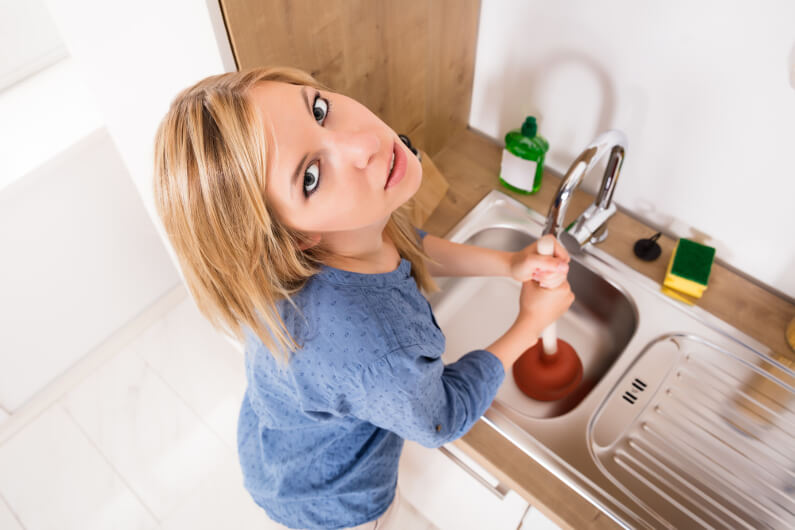
Main Keyword: Can't Get Kitchen Sink Unclogged
 If you're struggling with a clogged kitchen sink, you're not alone. It's a common issue that many homeowners face, and it can be frustrating when you can't seem to get it unclogged no matter what you try. But before you reach for that bottle of chemical drain cleaner or call a plumber, it's important to understand the root cause of the clog.
Ignoring the underlying issue can lead to recurring clogs and potentially costly repairs.
Here are some common reasons why your kitchen sink won't unclog and how to solve them.
If you're struggling with a clogged kitchen sink, you're not alone. It's a common issue that many homeowners face, and it can be frustrating when you can't seem to get it unclogged no matter what you try. But before you reach for that bottle of chemical drain cleaner or call a plumber, it's important to understand the root cause of the clog.
Ignoring the underlying issue can lead to recurring clogs and potentially costly repairs.
Here are some common reasons why your kitchen sink won't unclog and how to solve them.
Grease and Food Buildup
 Featured Keywords: Kitchen Sink, Unclogged
One of the most common causes of a clogged kitchen sink is
grease and food buildup
. Over time, oils and fats from cooking can accumulate in the pipes, trapping food particles and causing a blockage.
To prevent this, always scrape off excess food and wipe down greasy dishes before washing them in the sink.
You can also use a DIY solution of hot water, baking soda, and vinegar to break down the buildup and keep your pipes clear.
Featured Keywords: Kitchen Sink, Unclogged
One of the most common causes of a clogged kitchen sink is
grease and food buildup
. Over time, oils and fats from cooking can accumulate in the pipes, trapping food particles and causing a blockage.
To prevent this, always scrape off excess food and wipe down greasy dishes before washing them in the sink.
You can also use a DIY solution of hot water, baking soda, and vinegar to break down the buildup and keep your pipes clear.
Foreign Objects
 Featured Keywords: Kitchen Sink, Unclogged
Accidentally dropping something down the drain is another common culprit of a clogged kitchen sink.
Small items like utensils, bottle caps, and even jewelry can get stuck in the pipes and cause a backup.
If you suspect this is the case, try using a plunger to dislodge the object or a plumbing snake to retrieve it.
Always be careful when using tools in your sink to avoid causing further damage.
Featured Keywords: Kitchen Sink, Unclogged
Accidentally dropping something down the drain is another common culprit of a clogged kitchen sink.
Small items like utensils, bottle caps, and even jewelry can get stuck in the pipes and cause a backup.
If you suspect this is the case, try using a plunger to dislodge the object or a plumbing snake to retrieve it.
Always be careful when using tools in your sink to avoid causing further damage.
Old Pipes
 Featured Keywords: Kitchen Sink, Unclogged
If your kitchen sink is consistently clogging, it could be a sign of aging pipes. Over time, pipes can corrode, develop cracks, and collapse,
causing debris to get stuck and creating a clog.
In this case, it's best to call a professional plumber to assess the situation and replace any damaged pipes.
Regular maintenance and inspections can also help prevent these issues from occurring.
Featured Keywords: Kitchen Sink, Unclogged
If your kitchen sink is consistently clogging, it could be a sign of aging pipes. Over time, pipes can corrode, develop cracks, and collapse,
causing debris to get stuck and creating a clog.
In this case, it's best to call a professional plumber to assess the situation and replace any damaged pipes.
Regular maintenance and inspections can also help prevent these issues from occurring.
Conclusion
 In conclusion, a clogged kitchen sink can be a frustrating and messy problem to deal with, but it's important to address it promptly and correctly.
By understanding the common causes of a clogged sink and taking preventive measures, you can keep your pipes clear and avoid costly repairs. If the issue persists, don't hesitate to seek professional help to resolve the issue and keep your kitchen running smoothly.
In conclusion, a clogged kitchen sink can be a frustrating and messy problem to deal with, but it's important to address it promptly and correctly.
By understanding the common causes of a clogged sink and taking preventive measures, you can keep your pipes clear and avoid costly repairs. If the issue persists, don't hesitate to seek professional help to resolve the issue and keep your kitchen running smoothly.


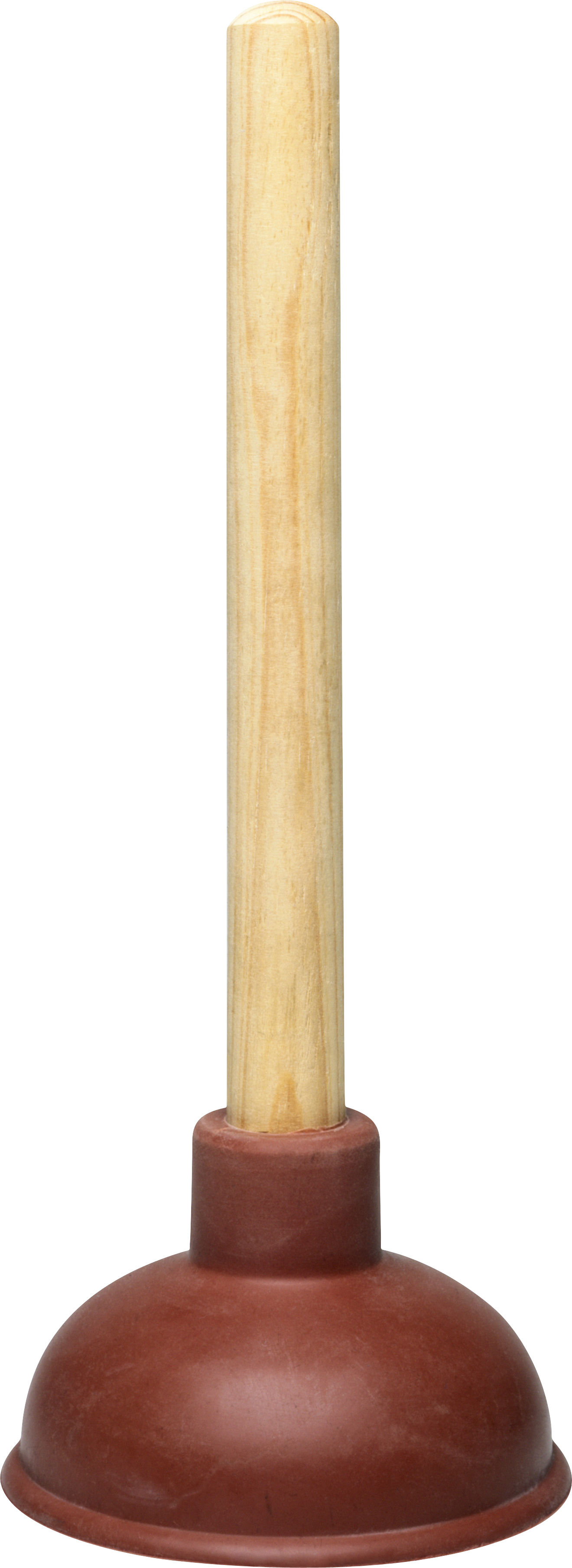

/GettyImages-173683465-58f822b83df78ca159d4543a.jpg)
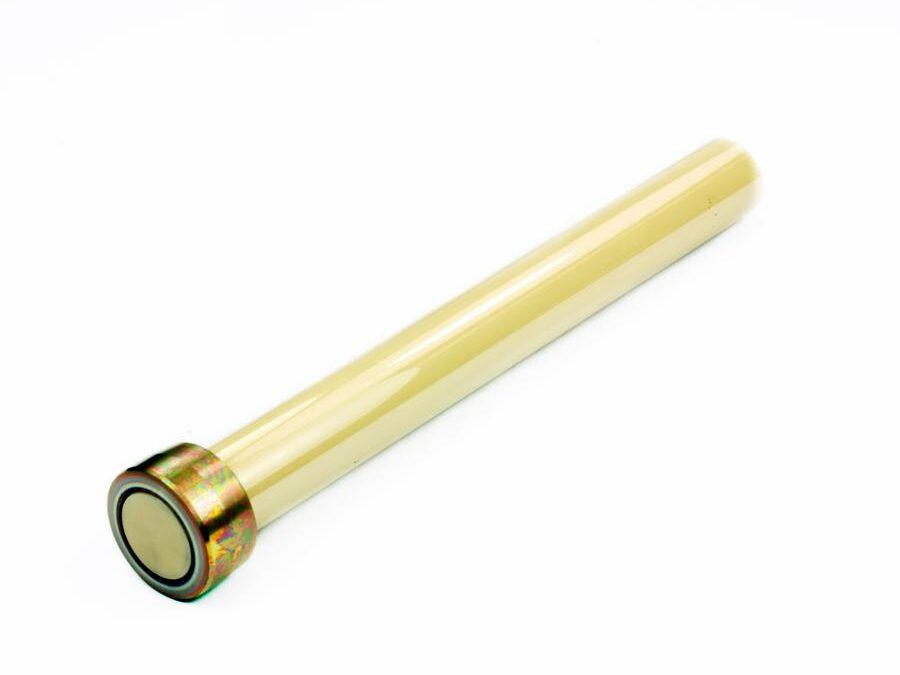

:max_bytes(150000):strip_icc()/toilette-plunger--92314164-873564a34a3441058f00a8d6fc1f0441.jpg)


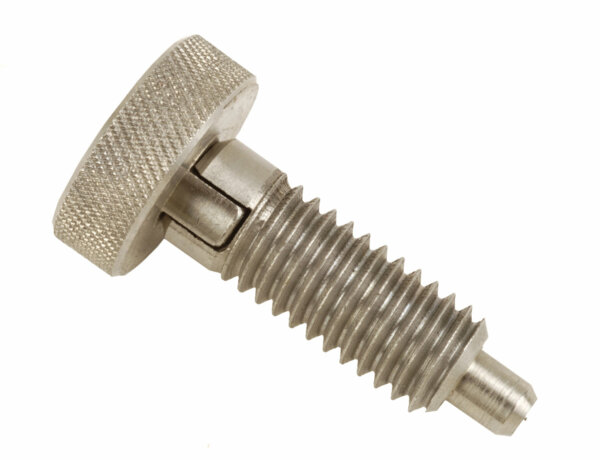

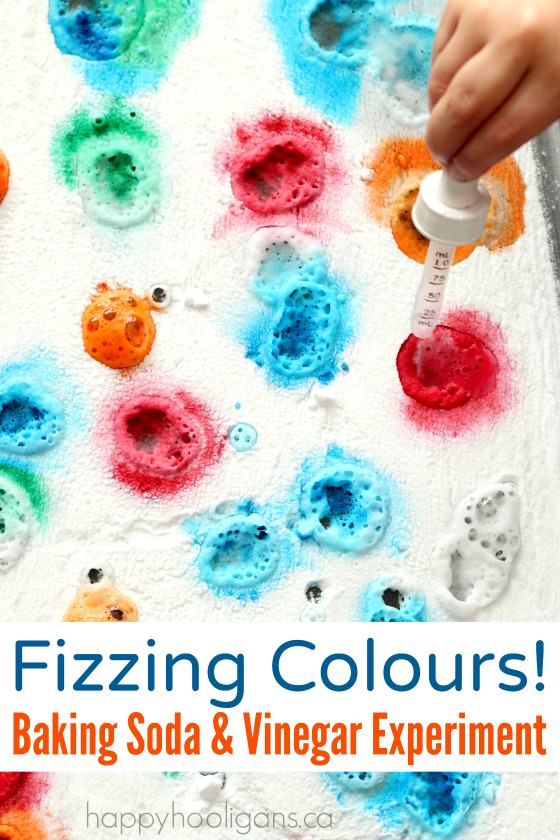




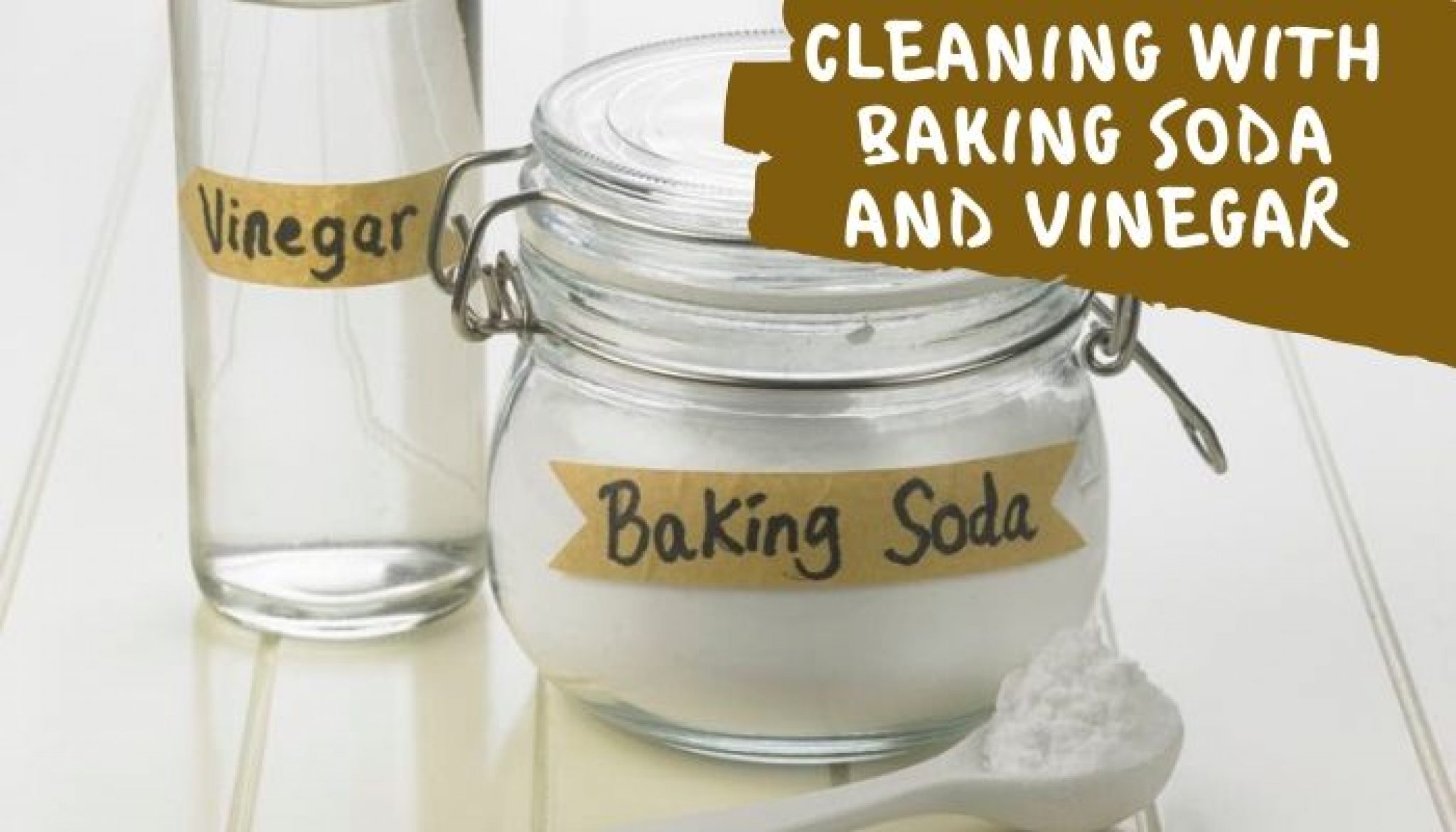
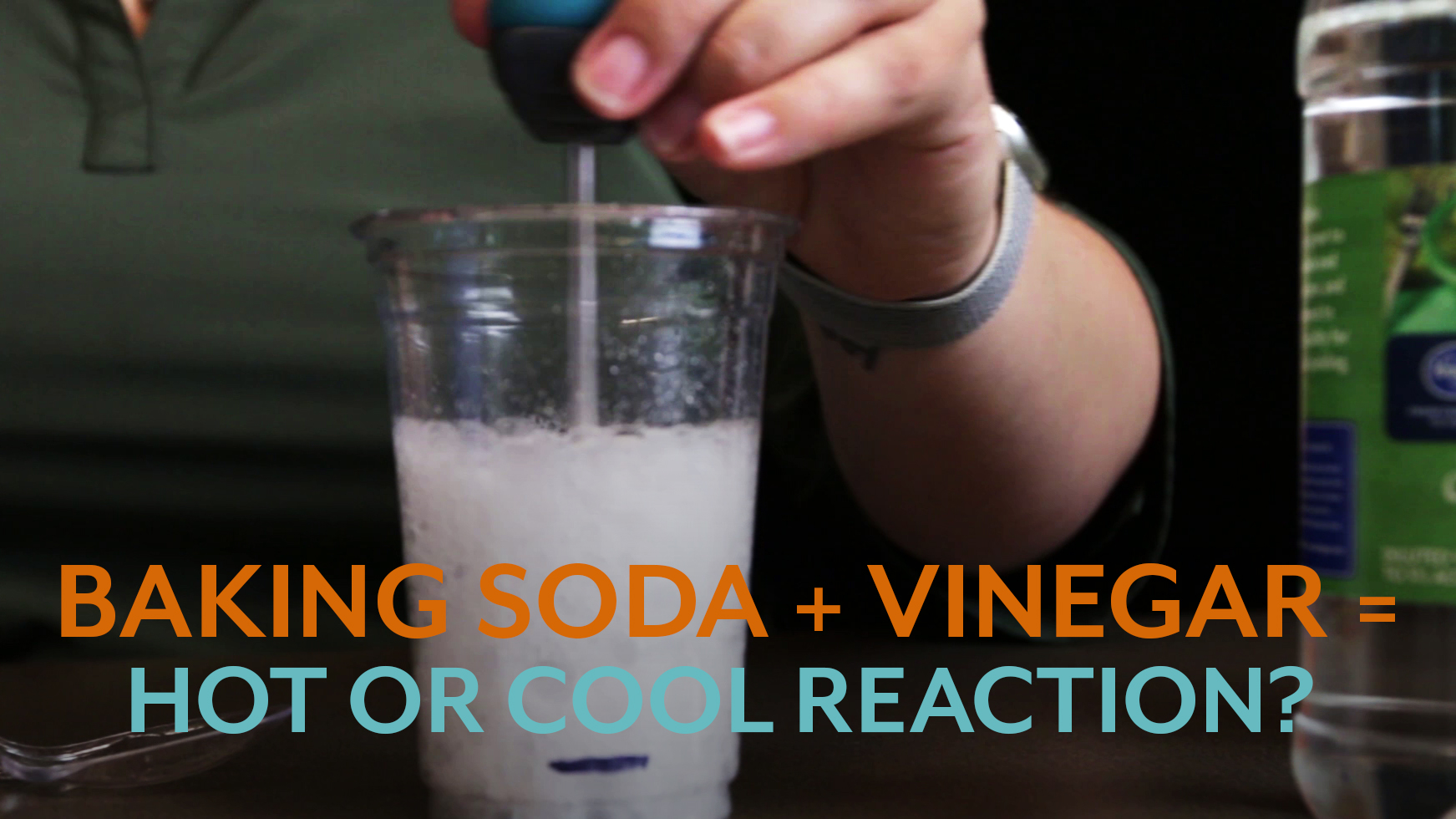

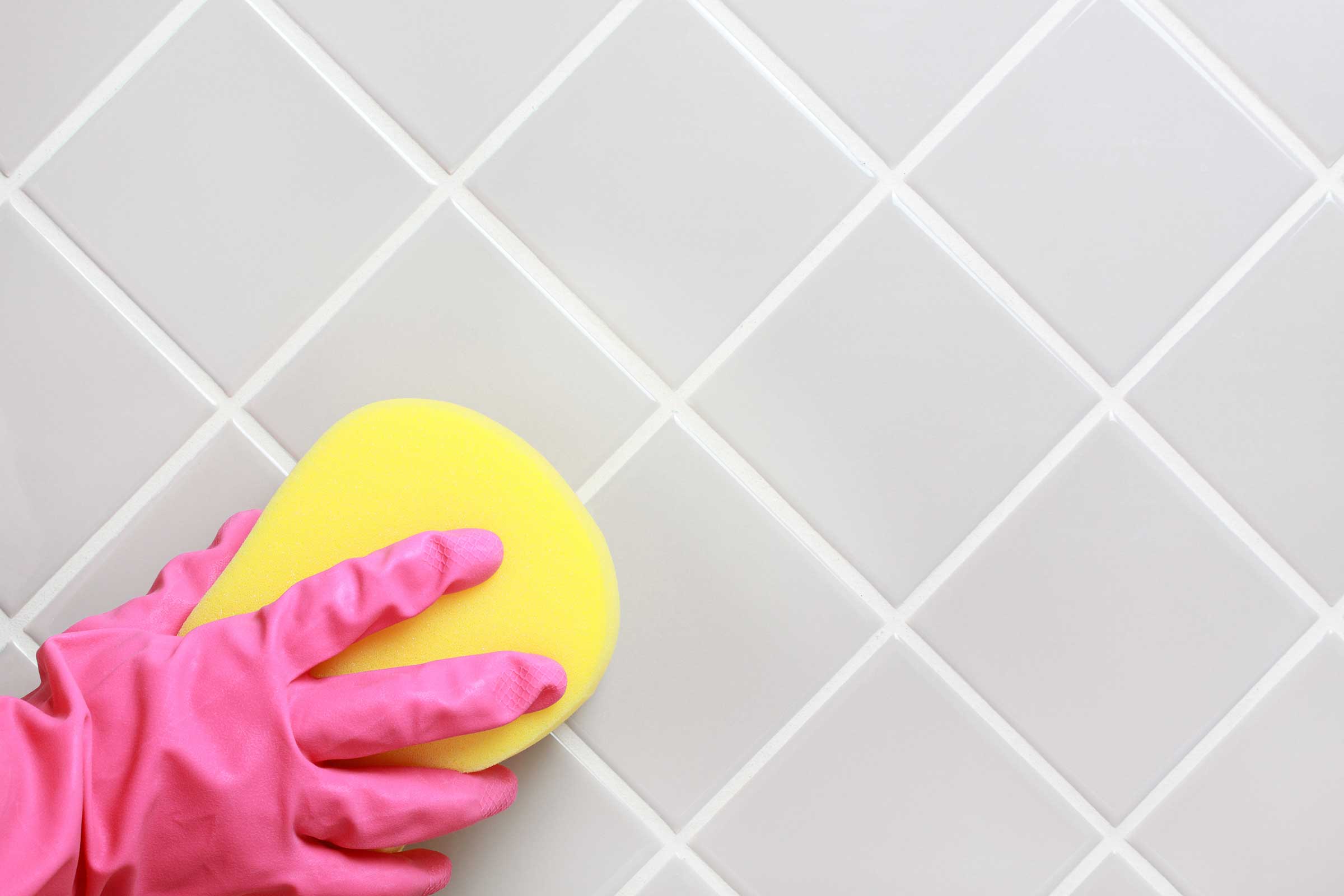






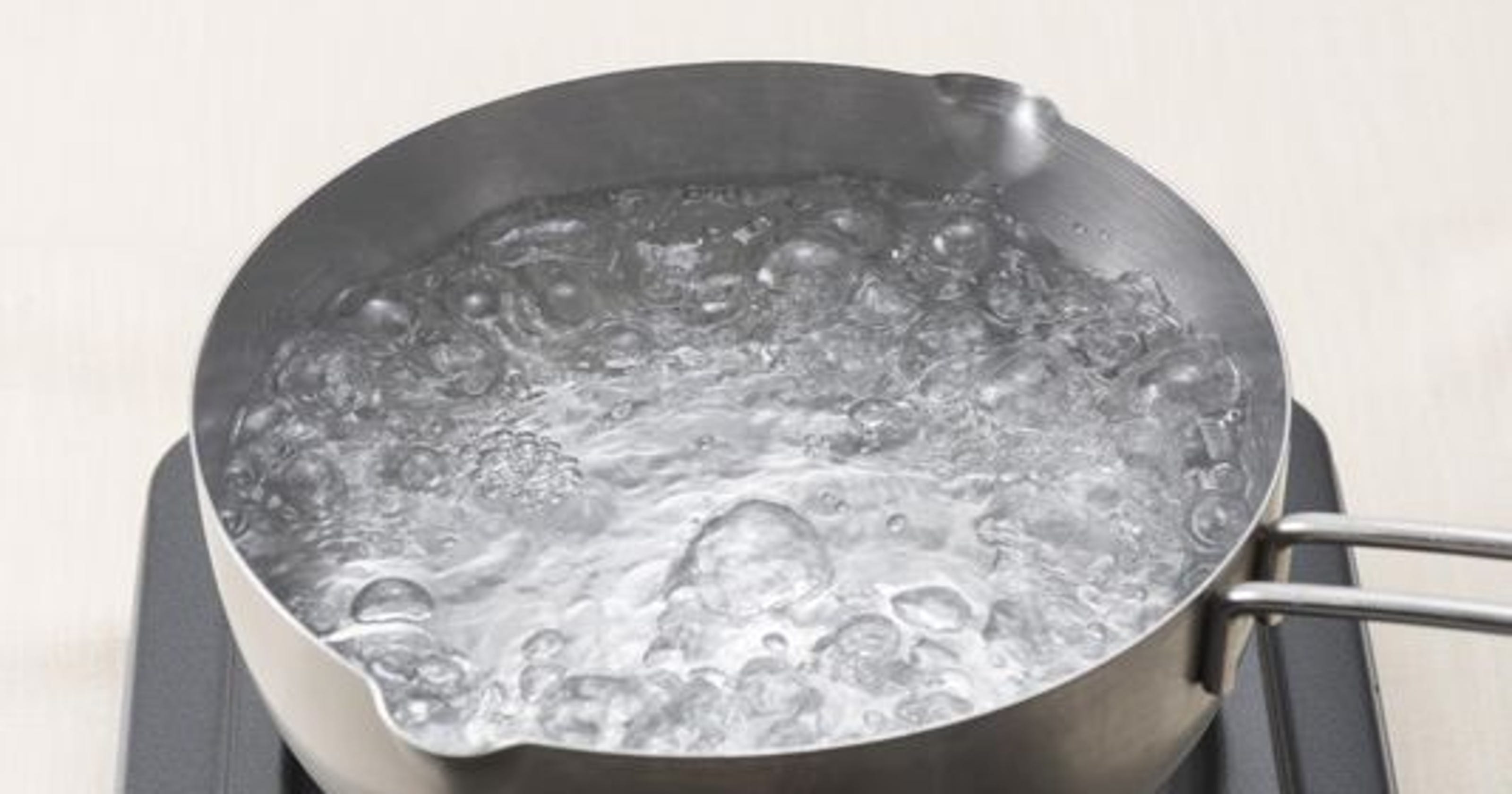
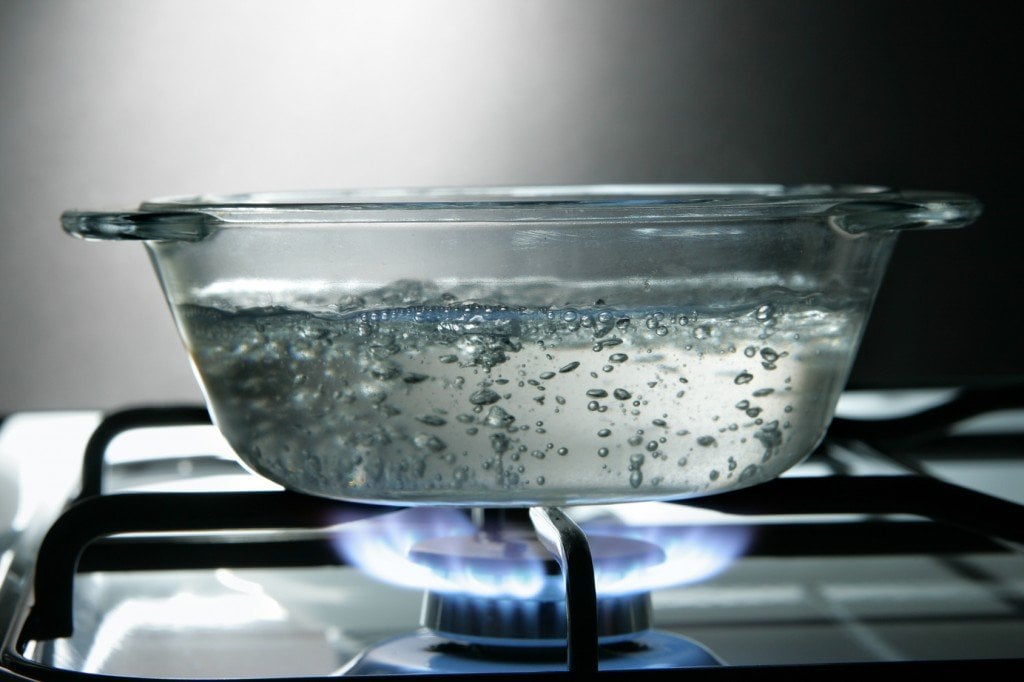




/boiling-water-on-gas-stove-143735234-5790aeb35f9b584d2005e949.jpg)

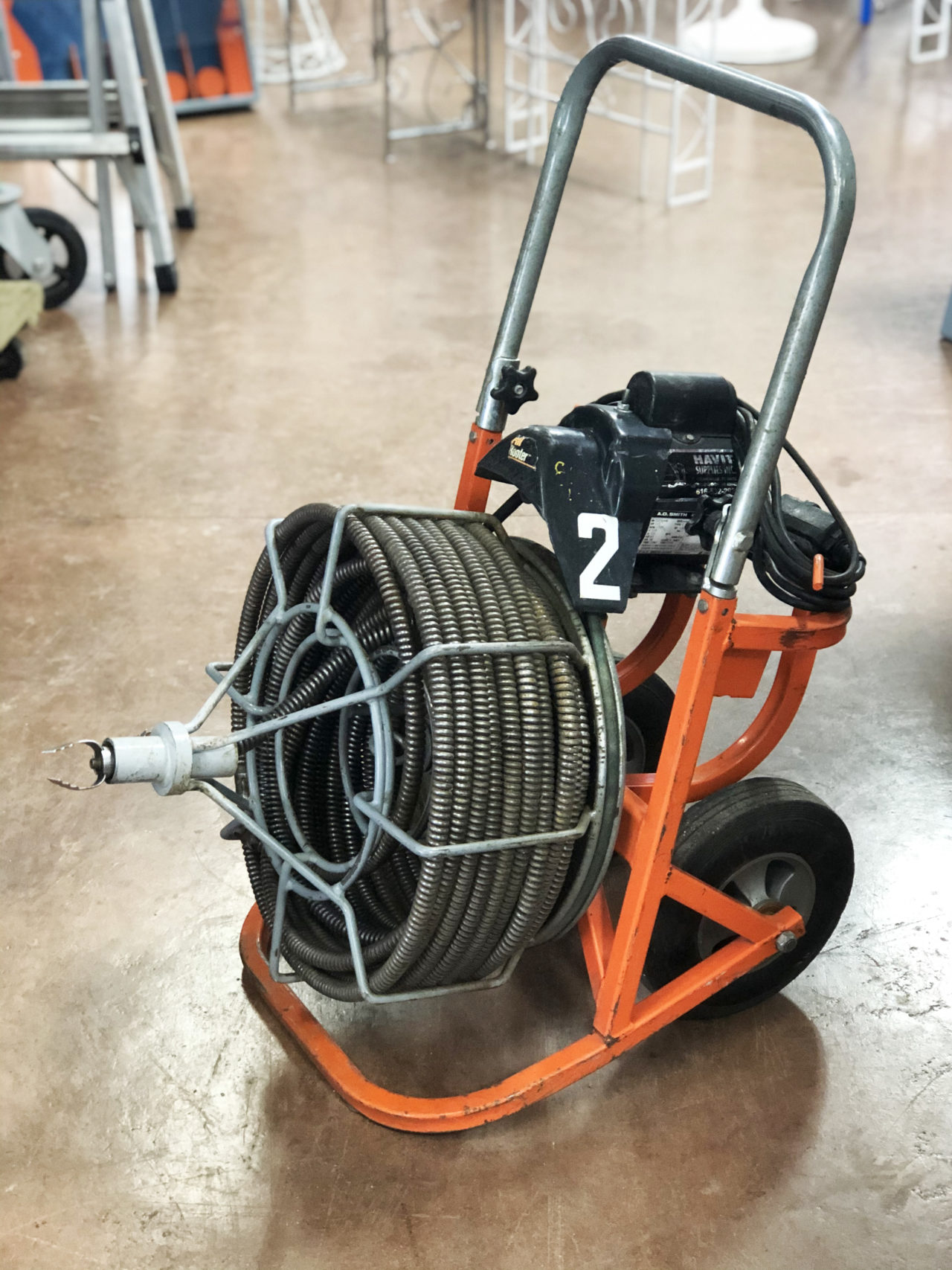



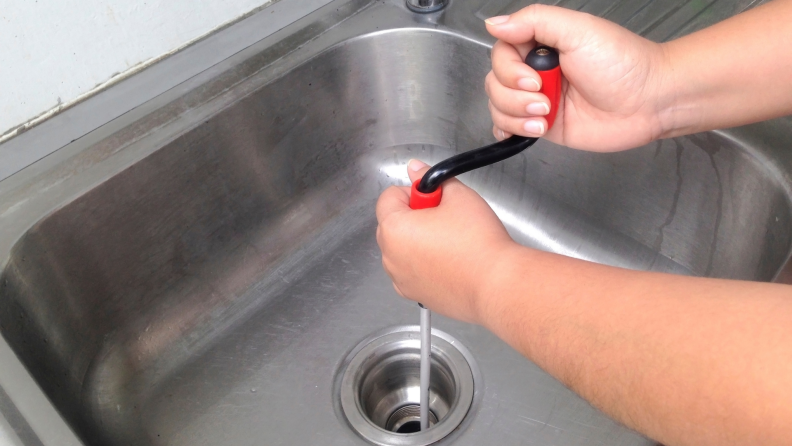



:max_bytes(150000):strip_icc()/Vastar-4-Pack-Drain-Snake-50b0e77281b244e386d046ca25ba76b6.jpg)






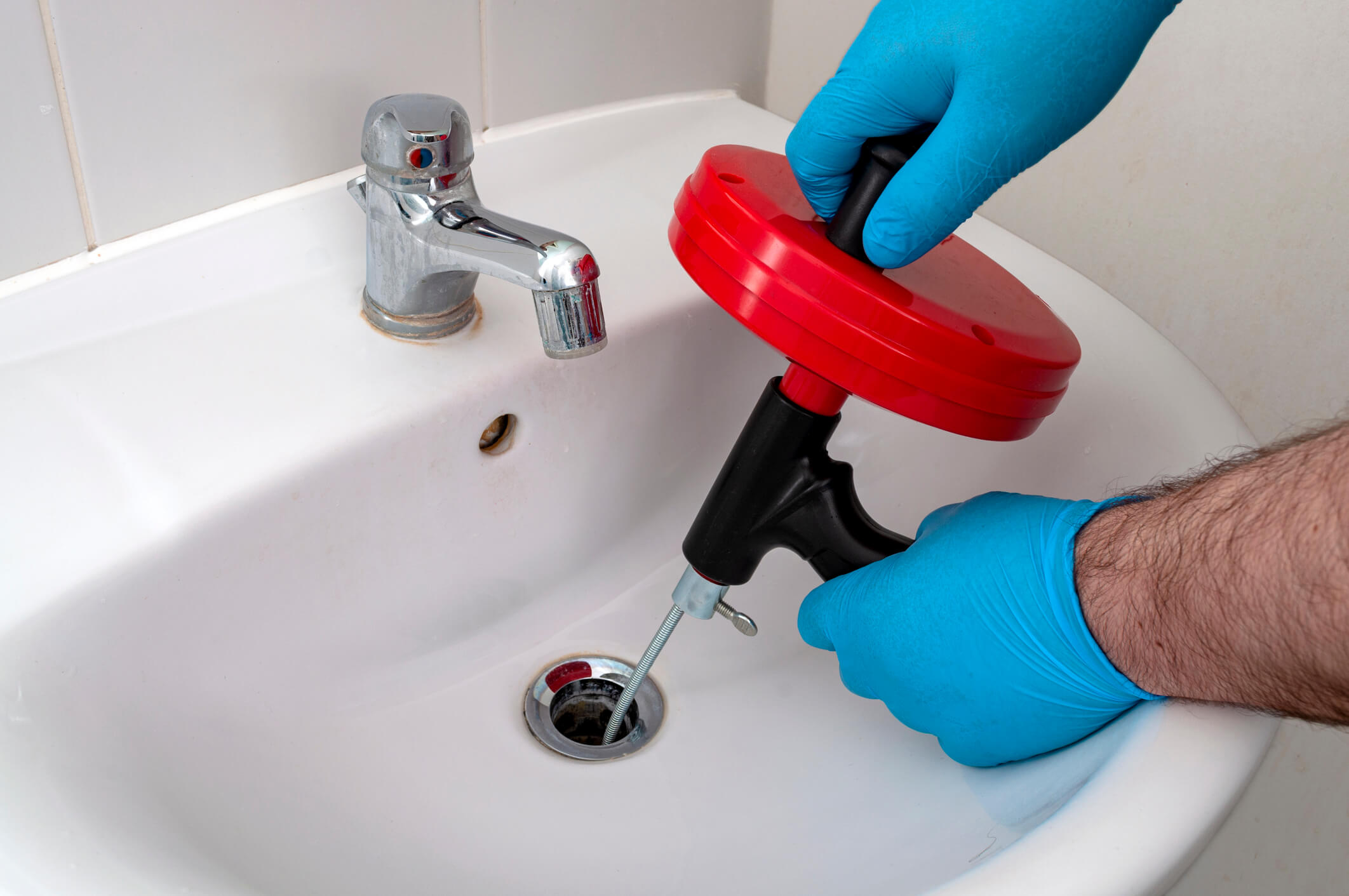


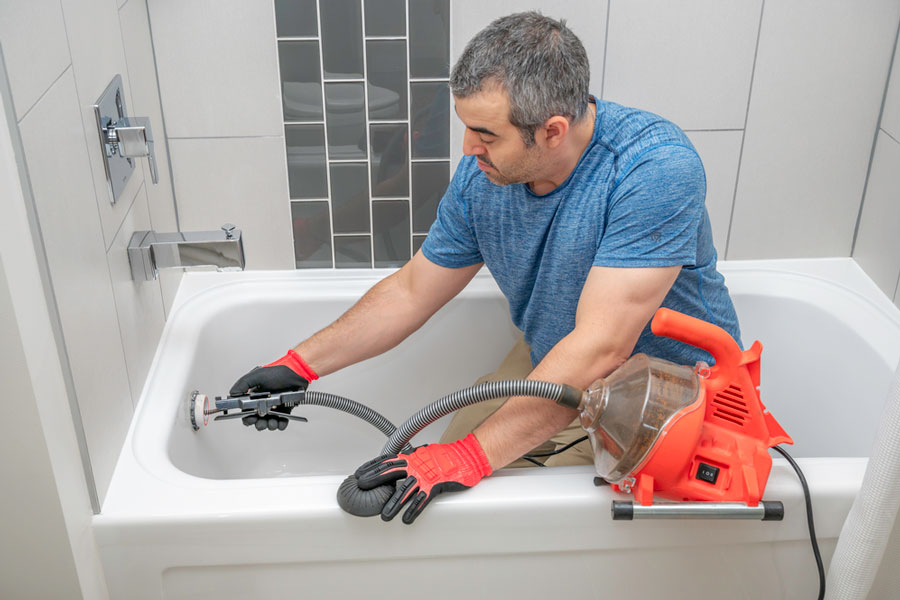
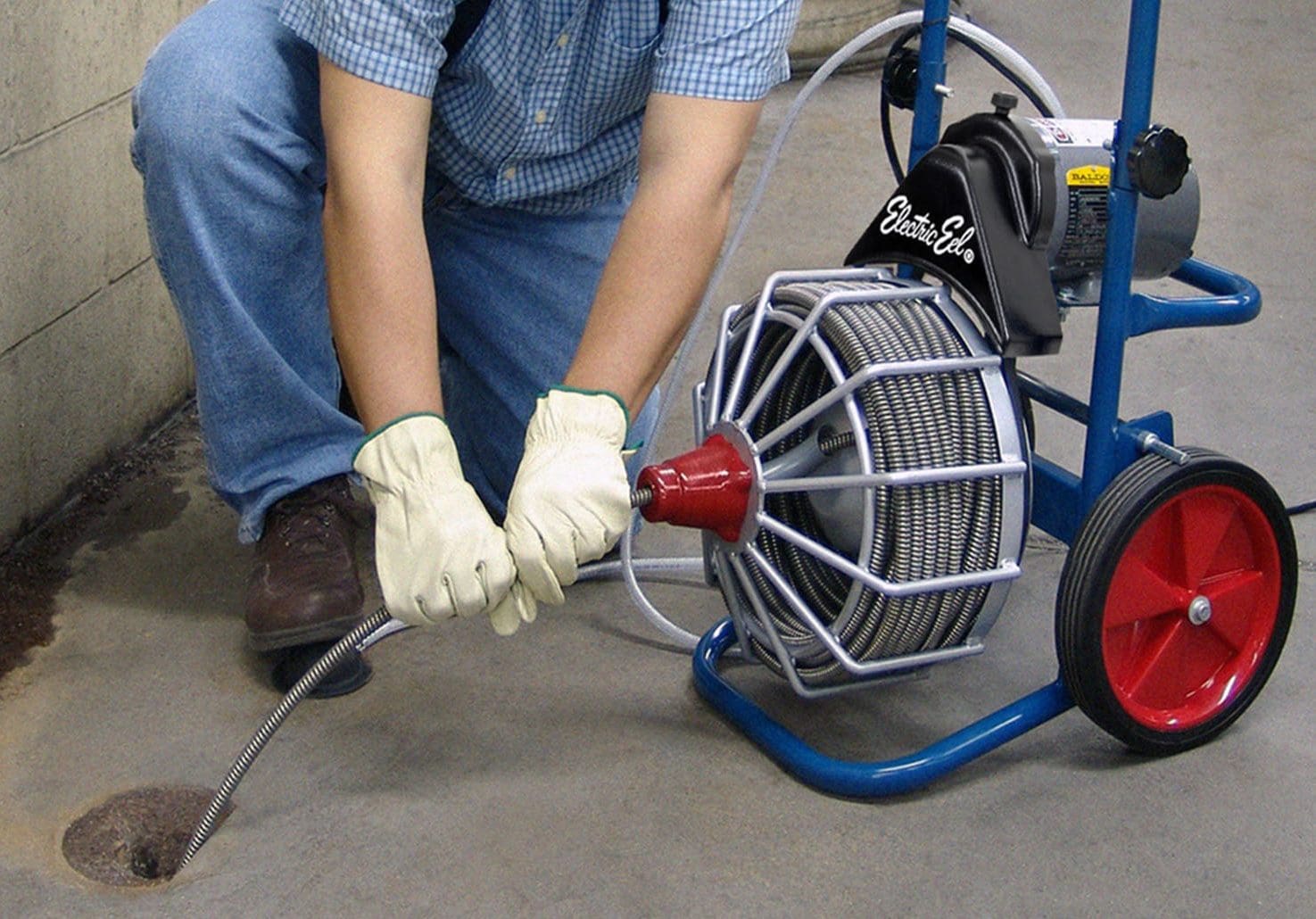



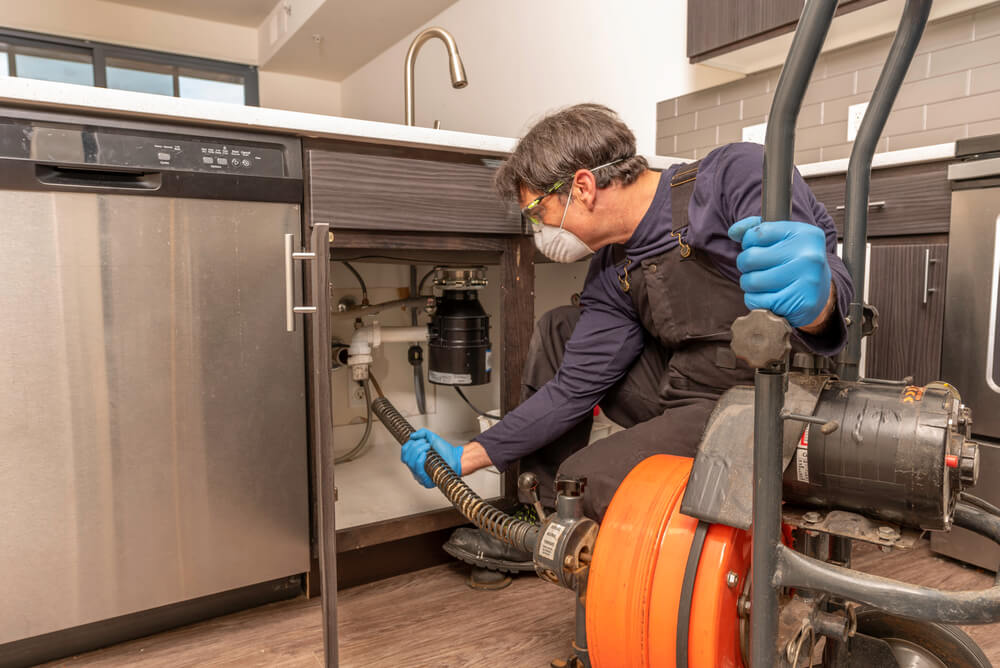





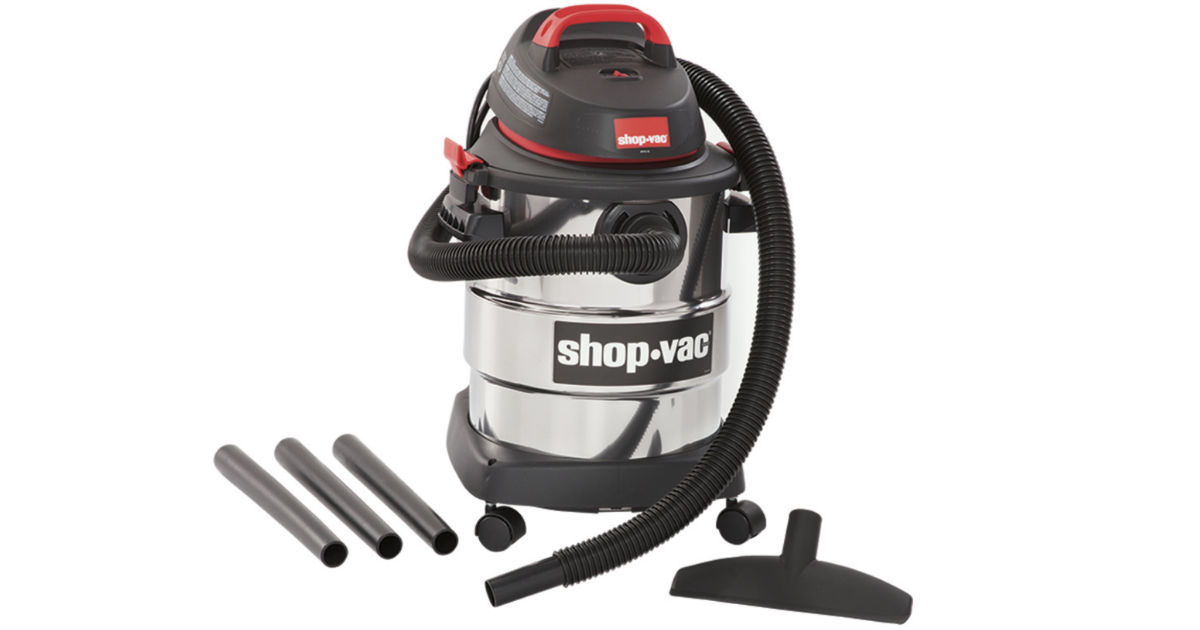






/GettyImages-80566571-5a1ca234aad52b00373338ff.jpg)
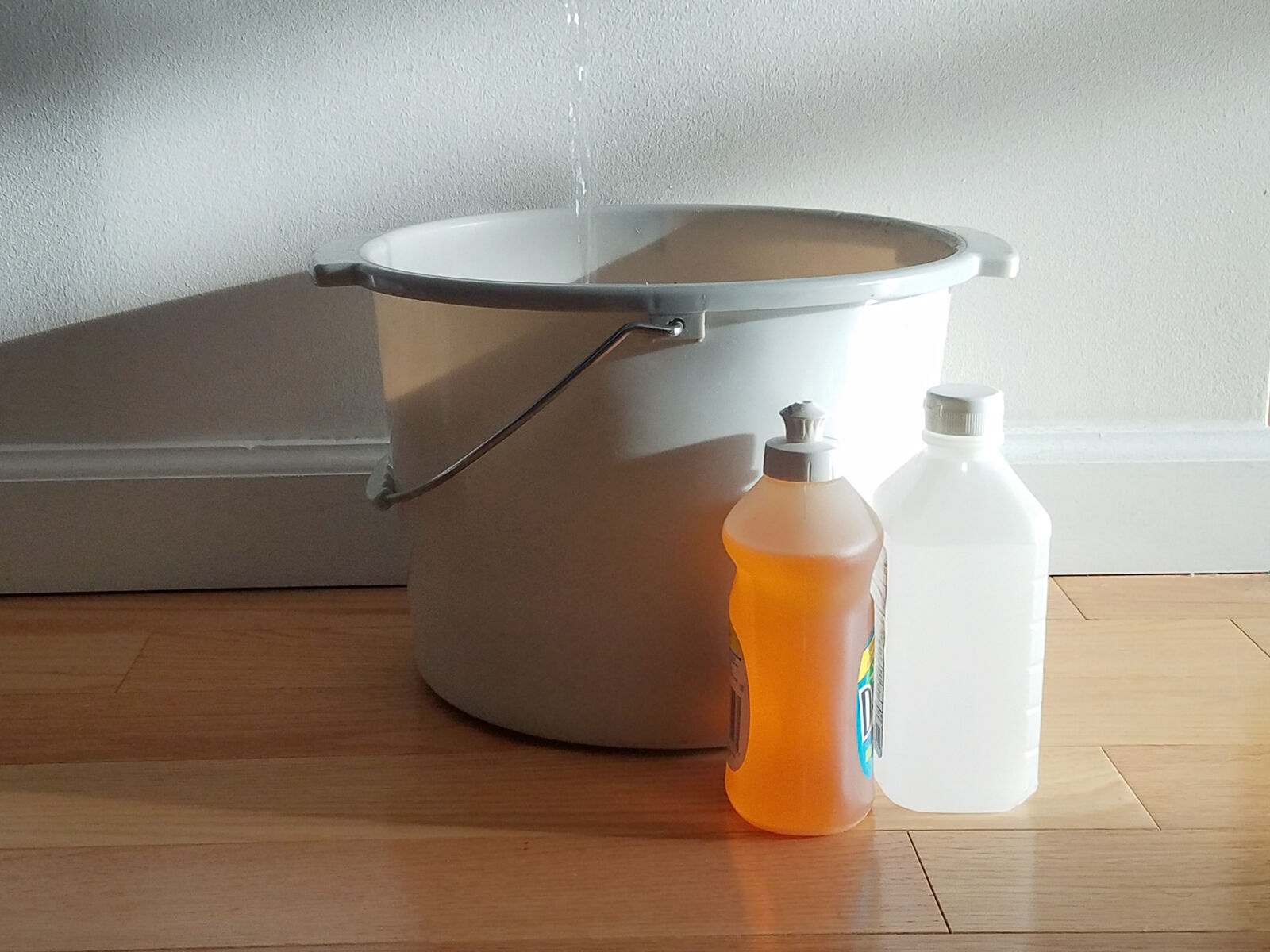

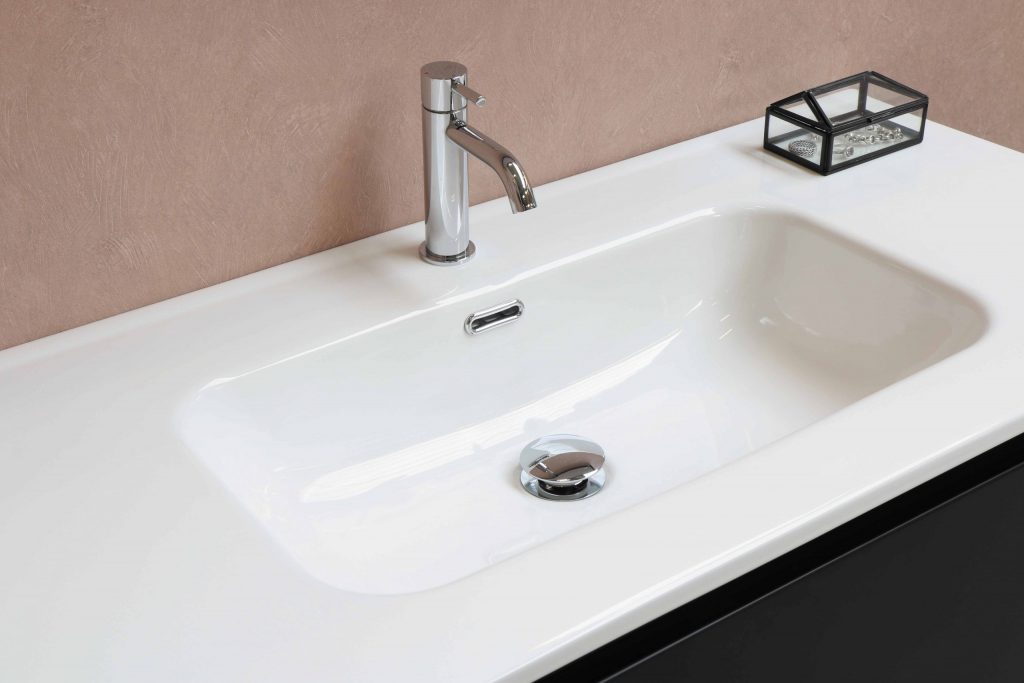
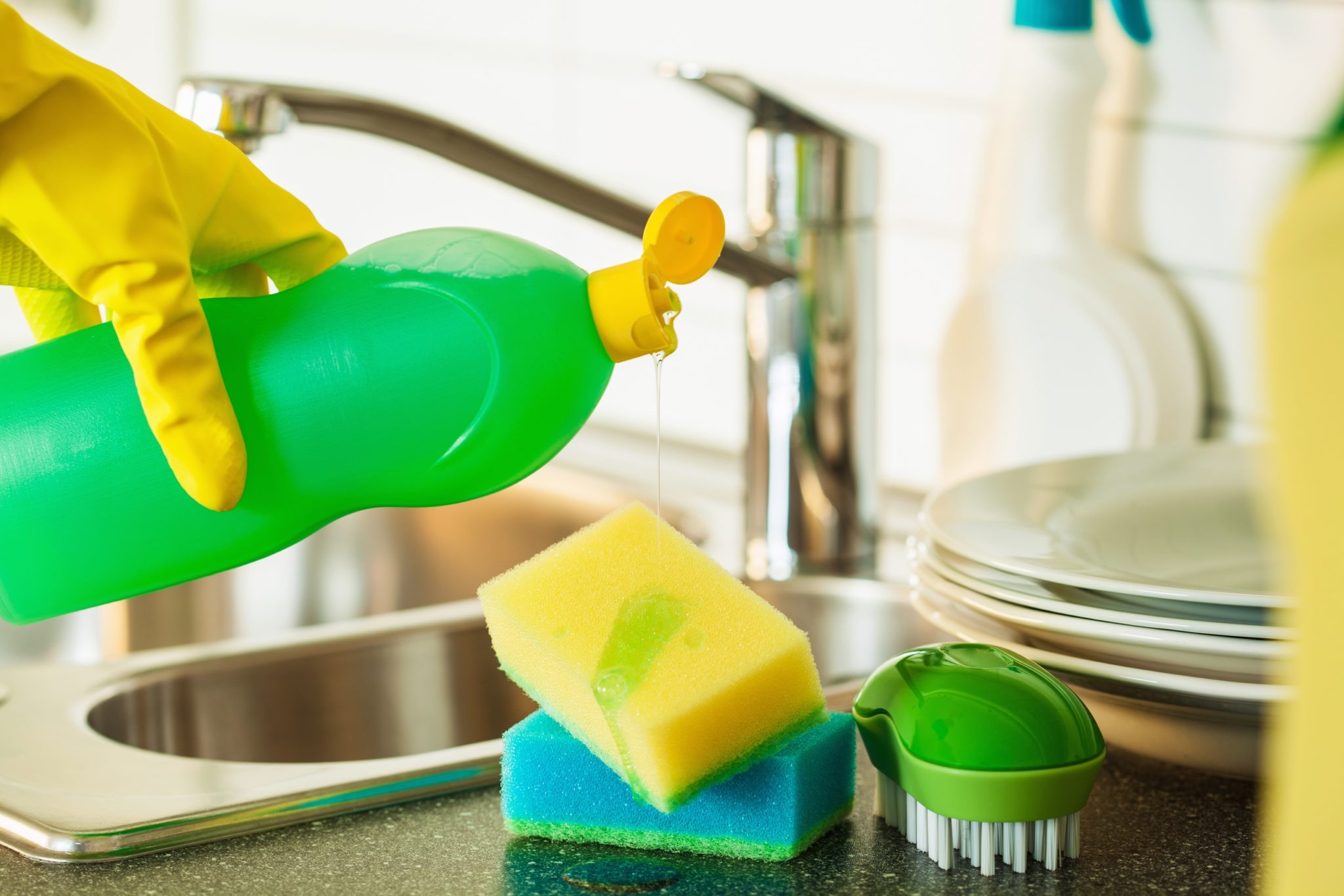










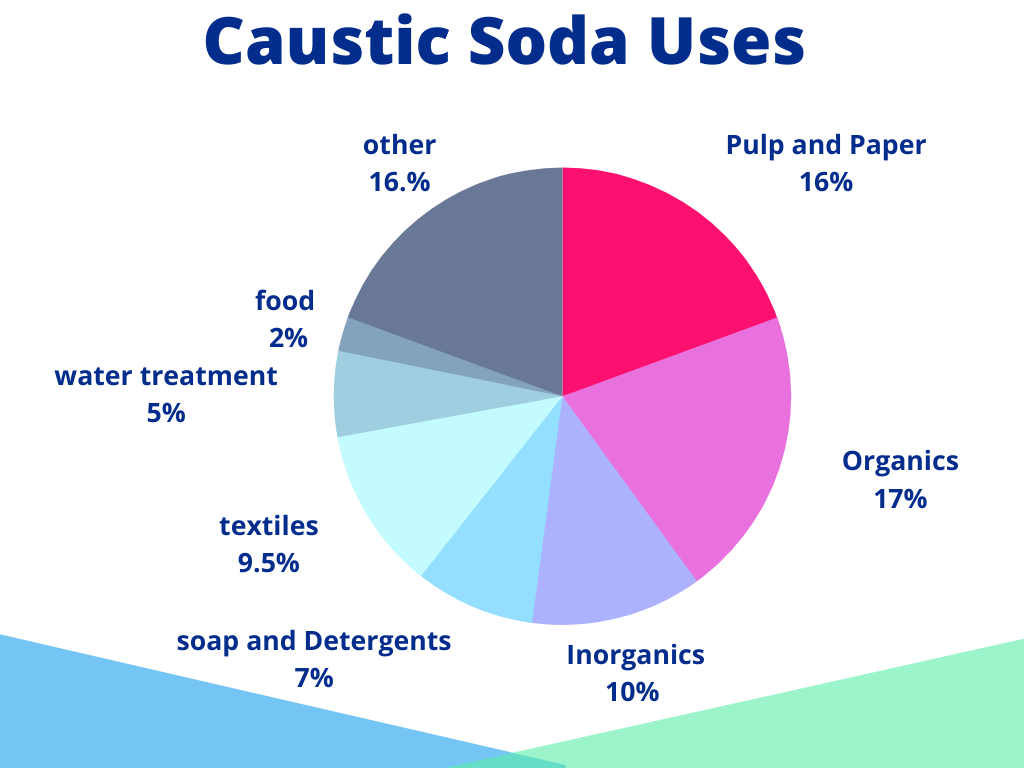
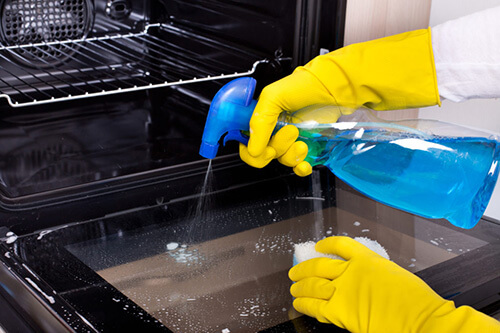










/GreenGobblerRefresh32oz-5bc63b0d4cedfd00266e4611.jpg)


